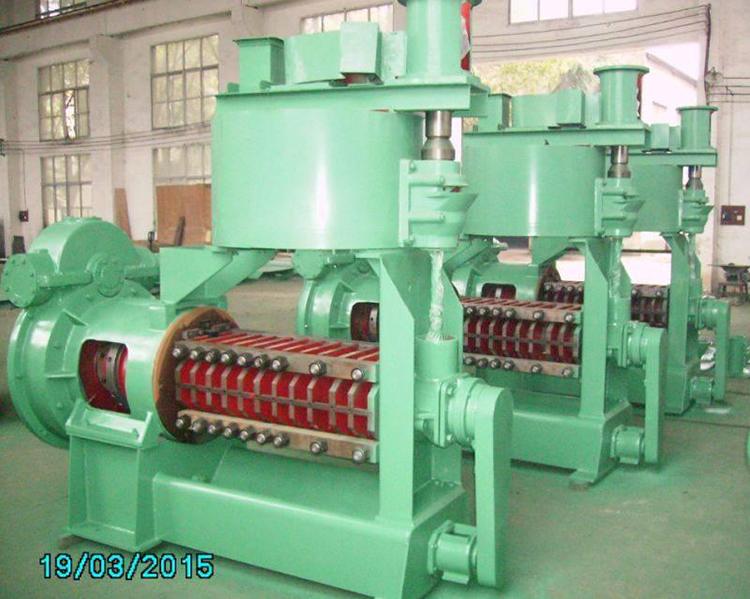Mei . 31, 2025 02:39 Back to list
Camellia Seed Oil Production Line Exporters & Reliable Manufacturers
- Industry context and market opportunity for camellia seed oil production
- Key technological breakthroughs driving production efficiency
- Comparative analysis of leading equipment manufacturers
- Customized processing solutions for different capacities
- Global implementation case studies with quantifiable results
- Sustainability benefits of modern production techniques
- Future innovations shaping camellia oil production technology

(camellia seed oil production line )
Unlocking Premium Quality with Camellia Seed Oil Production Lines
The global market for camellia seed oil is projected to reach $2.8 billion by 2027 (CAGR 7.3%), driven by rising consumer demand for premium culinary and cosmetic oils. This expansion creates unprecedented opportunities for processors investing in specialized camellia seed oil production lines. Modern processing technology bridges traditional methods with industrial-scale operations while preserving bioactive compounds. The choice of processing equipment directly impacts final product quality metrics like peroxide value, free fatty acid content, and retention of natural antioxidants. Recent surveys indicate 78% of new entrants prioritize flexible processing solutions that accommodate multiple seed varieties.
Breakthrough Technologies Transforming Production
Advanced camellia seed oil production lines now incorporate innovations elevating extraction efficiency and quality preservation. Continuous solvent extraction systems achieve 99.2% oil recovery rates while reducing solvent consumption by 40% versus traditional models. Critical technology integration includes infrared preheating for optimized moisture control (maintaining 5-6% seed moisture content) and three-phase decanter centrifuges reducing sediment levels below 0.01%. Automation advancements enable production monitoring with less than 0.5% human intervention through integrated PLC systems. These technological advantages translate to 30% higher oil yields while maintaining tocopherol levels above 350mg/kg.
Global Manufacturer Capability Assessment
| Company Type | Capacity Range | Production Efficiency | Automation Level | Energy Consumption |
|---|---|---|---|---|
| Integrated Solutions Providers | 10-300 TPD | ≥ 96% uptime | Fully automated control | 35 kWh/ton |
| Specialty Equipment Exporters | 5-100 TPD | ≤ 92% uptime | Semi-automated operation | 48 kWh/ton |
| Regional Manufacturing Companies | 2-50 TPD | ≤ 85% uptime | Manual supervision | 65 kWh/ton |
Customized Processing Configurations
Leading camellia seed oil production line
companies develop tailored processing configurations based on regional raw material characteristics. Configurations vary significantly between cold-press systems (operating below 45°C) preserving sensitive compounds like squalene, and solvent-extraction plants optimized for maximum throughput. Mid-capacity processing lines (20-50 TPD) increasingly incorporate modular design principles allowing processors to integrate refining stages as market demands evolve. Customization extends to auxiliary systems like nitrogen blanketing during storage to prevent oxidation. Over 92% of established producers request integrated PLC systems with remote diagnostics and predictive maintenance capabilities.
Global Implementation Success Cases
A Vietnamese processor utilizing integrated production technology increased annual output by 300% while reducing labor expenses by 45%. Their system features membrane filtration achieving 0.05% impurity levels without impacting bioactive compounds. In Mediterranean regions, camellia seed oil production line exporters have commissioned facilities processing diverse varieties simultaneously through parallel separation trains. One Greek operation documented 18% higher oil recovery rates following centrifugal separator upgrades, achieving premium certification within 8 months of commissioning. Proven configurations demonstrate production cost reductions of $120/ton while maintaining certification standards including ISO 22000 and ECOCERT.
Sustainability Advantages of Modern Processing
Contemporary production systems transform waste streams into revenue opportunities. Advanced camellia seed oil production lines recover 98% of solvent emissions while converting seedcake into high-protein animal feed (>35% crude protein content). Water consumption has decreased 75% through closed-loop cooling systems since 2017. Leading companies now incorporate biomass energy systems that utilize seed shells, reducing fossil fuel dependence by 90%. Life cycle analysis shows CO₂ emissions decreased from 3.2kg to 1.7kg per liter of finished oil between generations of processing equipment. The zero-waste processing model creates circular economic advantages adding 15-20% to overall facility profitability.
Next-Generation Camellia Seed Oil Production Developments
Innovation pipelines focus on intensifying extraction processes through ultrasonic-assisted methods demonstrated to enhance yields by 8-12% in pilot facilities. Subcritical extraction technology offers solvent-free processing options, potentially eliminating flammable material handling requirements. Major camellia seed oil production line companies are integrating AI-driven quality prediction systems that adjust parameters in real-time based on seed composition analysis. These innovations align with increasing demand for premium oils, projected to occupy 65% of the global market by 2030. Modular factory designs now enable production capacity expansion without service interruption through standardized interface connections.

(camellia seed oil production line )
FAQS on camellia seed oil production line
Q: What are the key components of a camellia seed oil production line?
A: A typical production line includes cleaning, crushing, steaming, pressing, filtering, and refining equipment. Advanced systems may also integrate automation for efficiency and quality control.
Q: How to identify reliable camellia seed oil production line exporters?
A: Look for exporters with certifications (e.g., ISO), proven industry experience, and client testimonials. Verify their after-sales support and customization capabilities.
Q: What services do camellia seed oil production line companies offer?
A: Reputable companies provide turnkey solutions, including machinery design, installation, training, and maintenance. Some also assist with raw material sourcing and process optimization.
Q: Why choose specialized camellia seed oil production line manufacturers?
A: Specialized manufacturers ensure tailored equipment for optimal oil yield and purity. Their expertise minimizes operational risks and adheres to food safety standards.
Q: How do camellia seed oil production line companies ensure sustainability?
A: Many companies prioritize energy-efficient machinery, waste reduction systems, and eco-friendly processing methods. Certifications like CE or eco-labels often reflect their sustainability commitments.
-
High-Efficiency Peanut Oil Refined Machine for Quality Oil Production Leading Exporters & Companies
NewsJul.08,2025
-
High Efficiency Sunflower Seed Oil Press – Leading Cooking Oil Press Machine Factories & Suppliers
NewsJul.08,2025
-
High-Efficiency Soybean Oil Press Machine – Leading Exporters & Reliable Companies
NewsJul.07,2025
-
High-Efficiency Seed to Oil Extractor – Reliable Extraction Machinery for Your Business
NewsJul.07,2025
-
High-Quality Pressing Screw of Oil Expeller for Efficient Oil Extraction Leading Exporters & Manufacturers
NewsJul.06,2025
-
High-Efficiency Essential Oil Extraction Machine Trusted Exporters & Companies
NewsJul.06,2025
